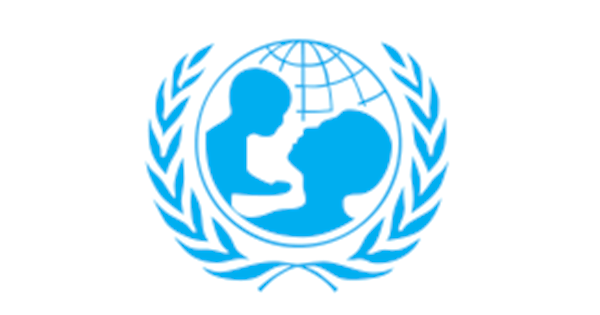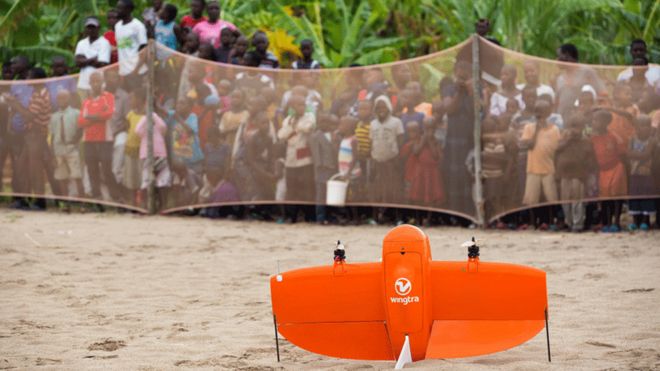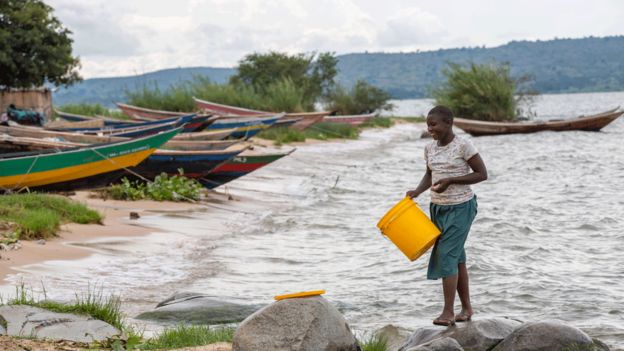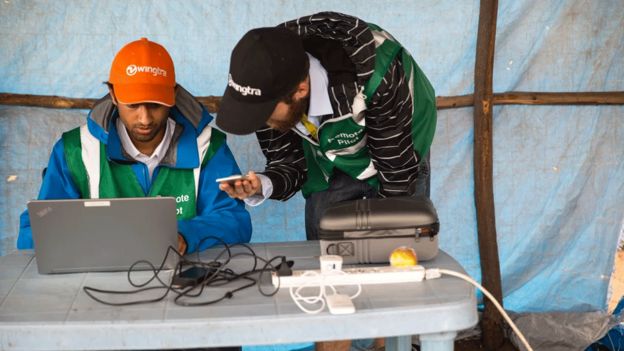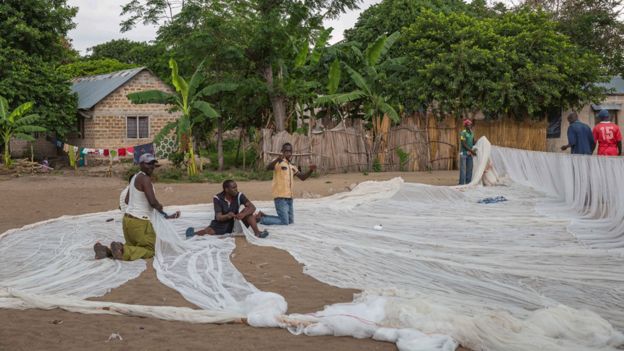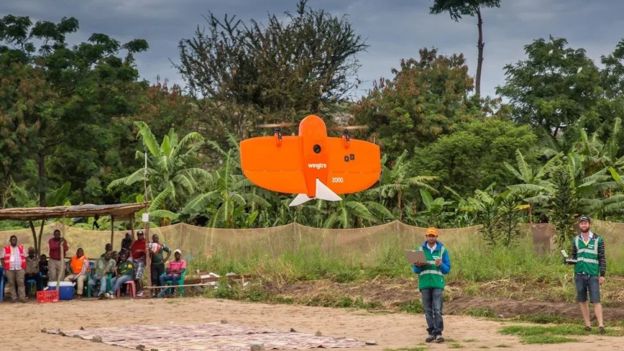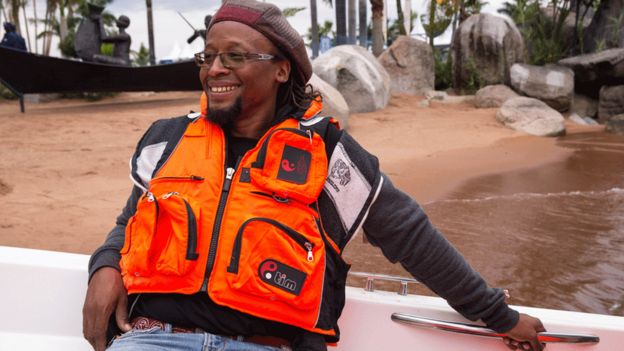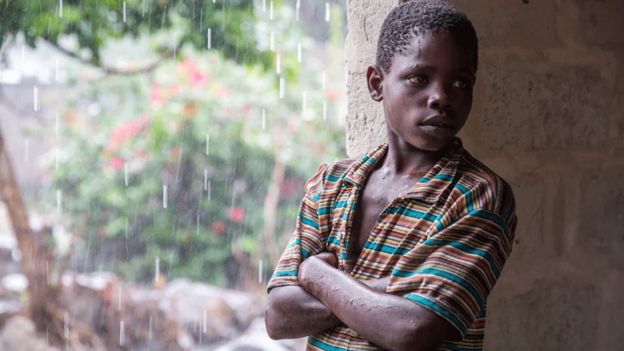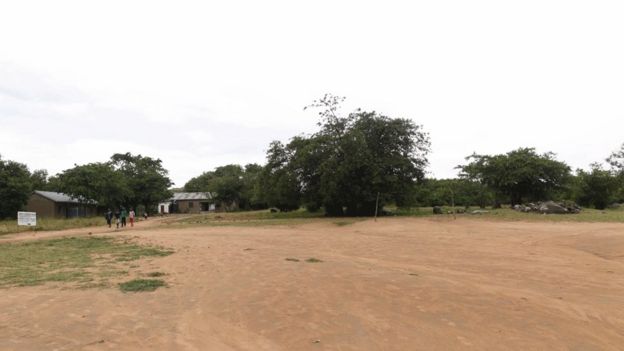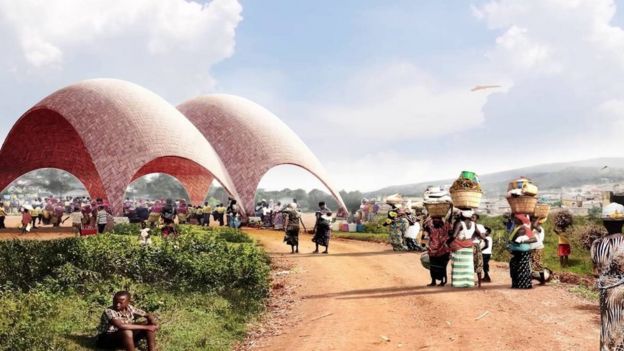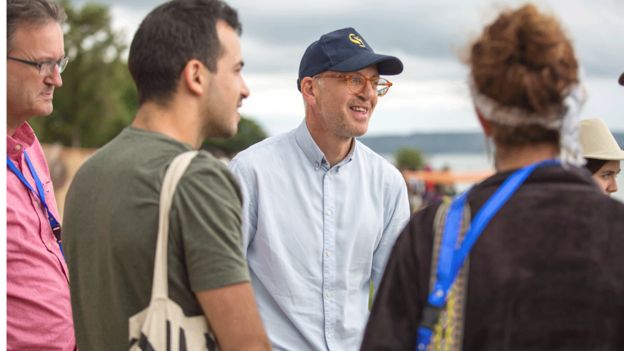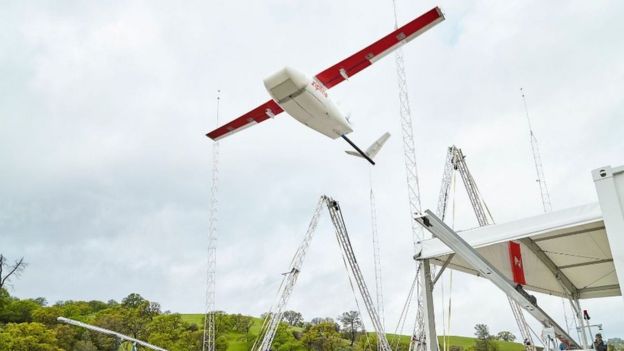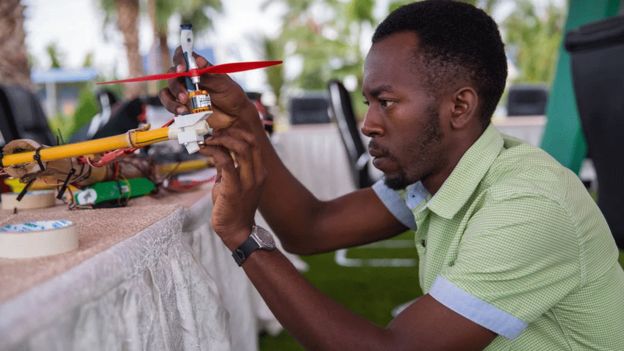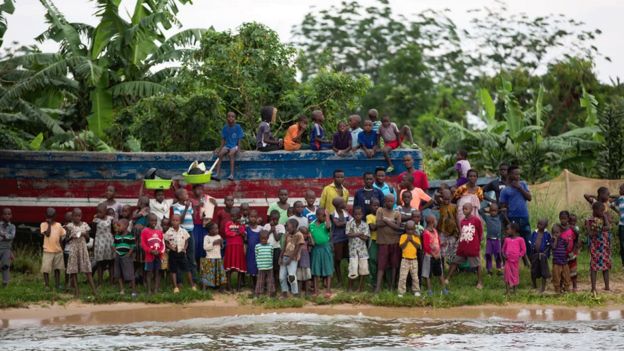“The Government of Malawi, in partnership with UNICEF, is looking for companies to test their humanitarian drone applications in the drone test corridor. This is an invitation to industry, universities, and individuals to test a potential use case in the main areas of Imagery, Connectivity and Transport to improve the lives of Malawi’s children!”
What is the humanitarian drone test corridor?
The new Humanitarian Drone Testing Corridor in Malawi is an exciting innovation that UNICEF has pioneered in partnership with the Government of Malawi. In December 2016, the Government of Malawi and UNICEF announced an agreement to create a testing corridor for humanitarian use of drones.
In June 2017, the Drone Corridor was opened by Malawi’s Minister of Transport and Public Works, Jappie Mhango and UNICEF Malawi Representative Johannes Wedenig.
The test corridor is the world largest test area with over 5000 square km – and allowing operations up to 400 m above ground level – which is specifically dedicated to the humanitarian and development uses for drones and the only dedicated unmanned flight testing space in the continent of Africa.
The Malawi drone test corridor is open to industry, universities, and individuals who can apply and test a potential use case in one of the three main areas as defined below. The drone corridor in Malawi is an opportunity for companies to provide global leadership in the emerging technology field of drones for humanitarian and development work, while simultaneously developing local experience in Malawi.
The corridor is designed to provide a controlled platform for the private sector, universities, and other partners to explore how drones can be used in scenarios that will benefit marginalized communities. All data generated by the flights will be used to inform the Government of Malawi’s plans for the use of drones in multiple scenarios. This is particularly important due to frequent flooding in some areas of Malawi and challenges in transport infrastructure.
This test corridor in Malawi is the first of its kind in Africa and will generate increased interest in Malawian technological infrastructure. Likewise, it will increase capacity amongst Malawian technologists and entrepreneurial students in this emerging area to remain competitive.
Find out more in detail here.
What does the drone test corridor look like?
The corridor has a 40km radius (80km diameter) and is centered on Kasungu Aerodrome (with a runway length of about 1200m) in central Malawi, about an hour and a half drive from the capital city of Lilongwe.
Kasungu is home to a district hospital and a variety of rural health clinics in remote areas, enabling the testing of real humanitarian use cases such as the transport of vaccines, medical supplies or blood samples.
The air corridor details were determined in consultation with the Malawi Department of Civil Aviation and in line with the government’s new regulatory framework.
Specifications include:
- Around 5000 km² testing ground
- Altitude limit at 400 metres above ground
Testing beyond visual line of sight is possible All solutions and use cases tested in the corridor will have to abide by the UNICEF innovation principles – meaning that they should be open data, shareable, and designed for scale.
How to find your use case
The corridor will facilitate testing in three main areas:
- Imagery – generating and analyzing aerial images for development and during humanitarian crises, including for situation monitoring in floods and earthquakes;
- Connectivity – exploring the possibility for UAVs to extend Wi-Fi or cell phone signals across difficult terrain, particularly in emergencies;
- Transport – delivery of small low weight supplies such as emergency medical supplies, vaccines and samples for laboratory diagnosis, including for HIV testing.
All drone tests must be fully vetted by UNICEF and the Government of Malawi Civil Aviation Authority.
UNICEF’s mandate dictates that there should be no development for military or defence purposes. Companies must be vetted by our corporate screening process which will eliminate those with military ties. Should you have any further queries please contact us here.
Third party solutions (e.g. working on ADS-B transmitters) are welcome to apply, provided that they apply as a consortium or team together with UAS manufacturer – or bring they own drones.
What is the timeline?
The corridor will run for 1-2 years and interest parties may apply on a rolling basis. We expect multiple rounds of testing periods, followed by publishing the lessons learned from the endeavour.
How can I test my drone application in the corridor?
If you are interested, please click the ‘Apply Here’ button below and you will be redirected to a short application form. We will contact you in due course to enable a first exchange of views.
Please note, that the participation in Malawi and the corridor must be entirely self-funded. Participants are also requested to teach a 1-2 week workshop for local Malawian entrepreneurs and engineers about drone technology.
Contact us
For media enquiries please contact: Alissa Collins [email protected]
For other enquiries please contact us here.
Previously:
The First Humanitarian Drone Corridor in Africa

How do we know if drones are useful if we can’t test them? And how do we guarantee that they are safe without designated testing zones? The new Drone Corridor in Malawi is an exciting innovation that UNICEF has pioneered in partnership with the Government of Malawi. In December 2016, after lengthy negotiations, the Government of Malawi and UNICEF announced an agreement to create a testing corridor for humanitarian use of drones. This testing corridor is the only space in the world specifically dedicated to humanitarian and development uses for drones, and the only testing space in the continent of Africa. The Malawi drone testing corridor will be open to industry, universities, and individuals who apply and meet the air corridor criteria. The UNICEF drone corridor in Malawi is an opportunity for UNICEF to provide global leadership in the emerging technology field of drones for humanitarian and development work, while simultaneously developing particular local experience in Malawi. The corridor is designed to provide a controlled platform for the private sector, universities, and other partners to explore how UAS can be used in scenarios that will benefit marginalized communities. All data generated by the flights would be used to inform the GoM’s plans for the use of drones in multiple scenarios. In Malawi this is particularly important due to frequent flooding in some areas and sustained challenges in maintaining transport infrastructure. Creating this testing corridor in Malawi will be the first of its kind in Africa and would generate positive publicity and increased interest in Malawian technological infrastructure. Likewise, it will increase capacity amongst Malawian technologists and entrepreneurial students in this emerging area to remain competitive.
The corridor will be located at the Kasungu Airport in Kasungu District with a runway length of about 1200m. Kasungu is about an hour and a half drive from the capital city of Lilongwe. All drone tests must be fully vetted by UNICEF and the Government of Malawi Civil Aviation Authority.
If you’d like more information or have any questions, contact us here.

